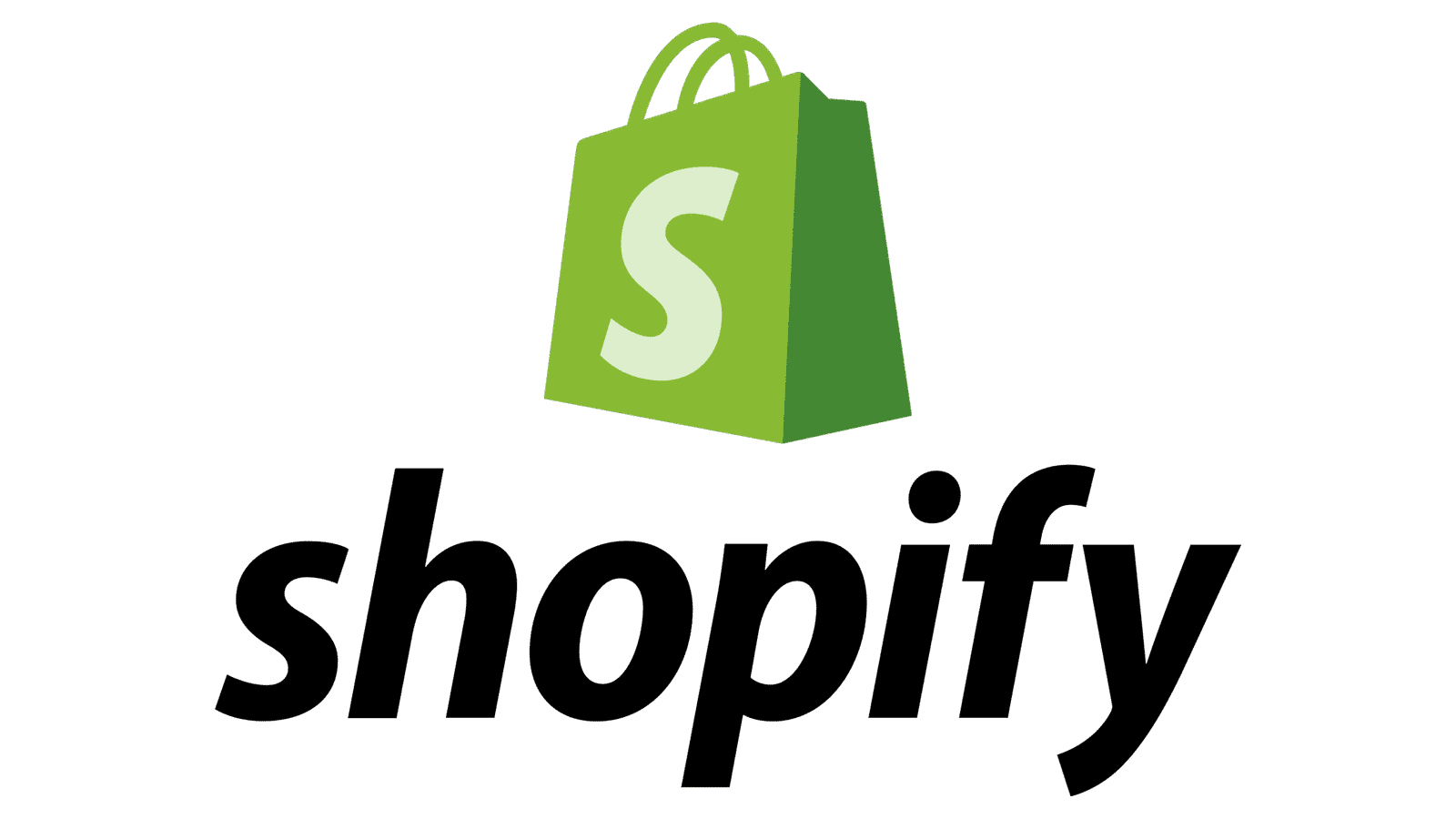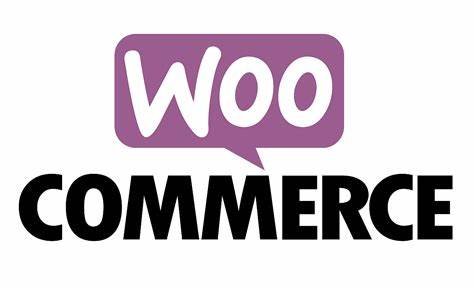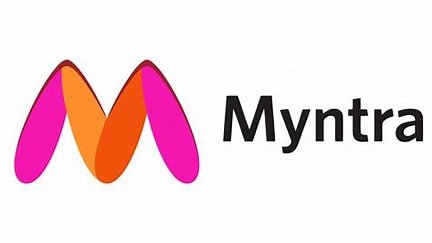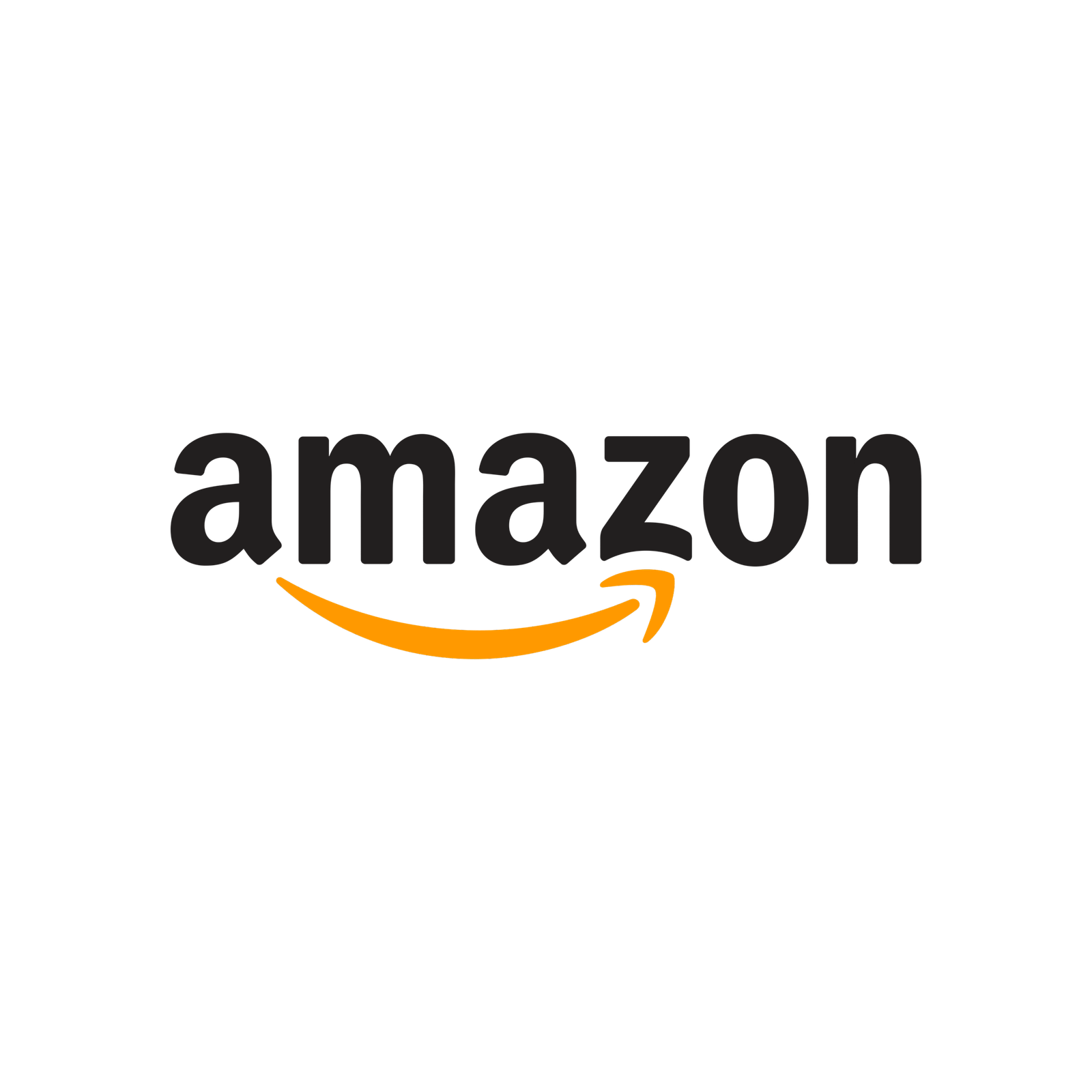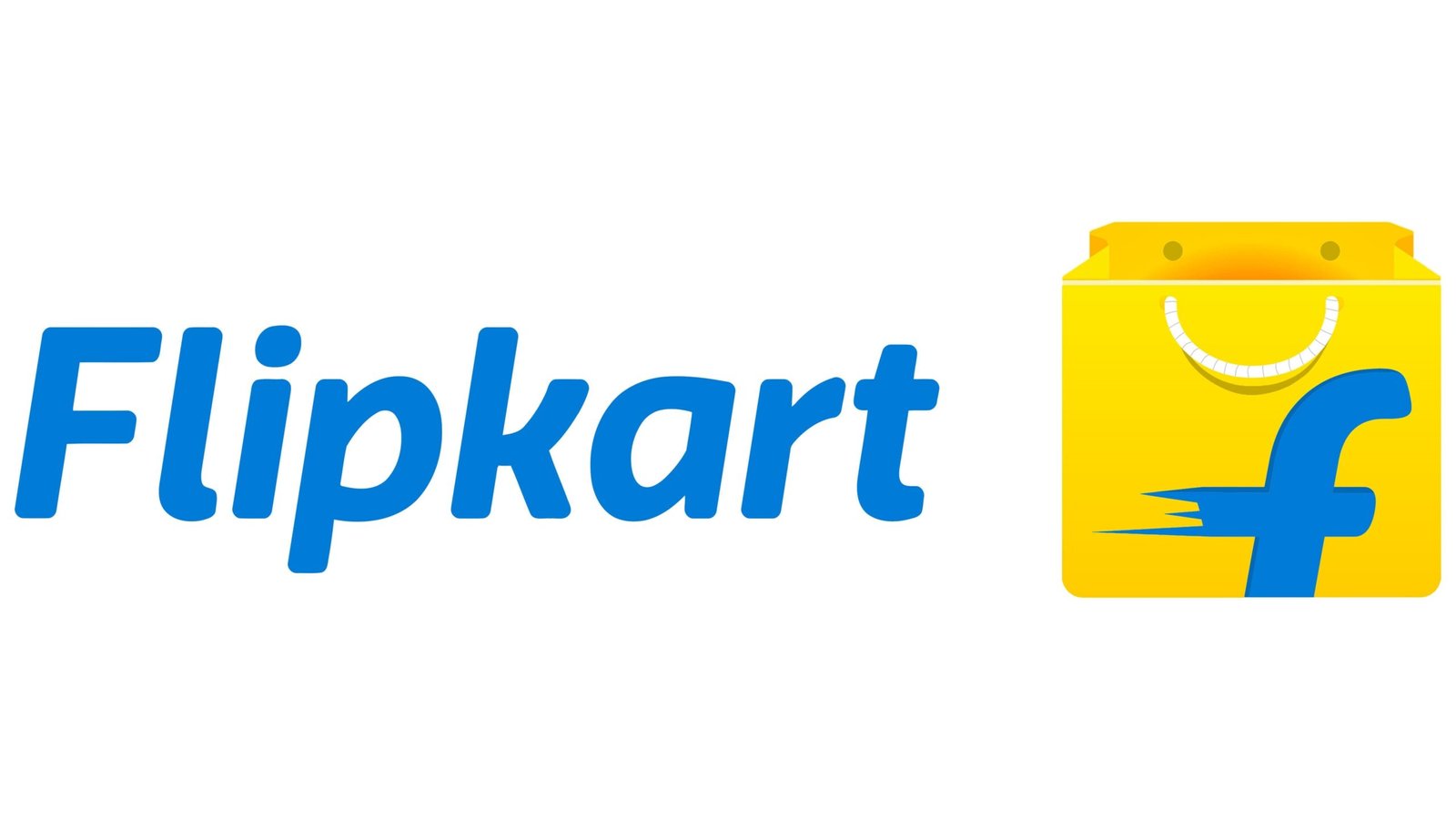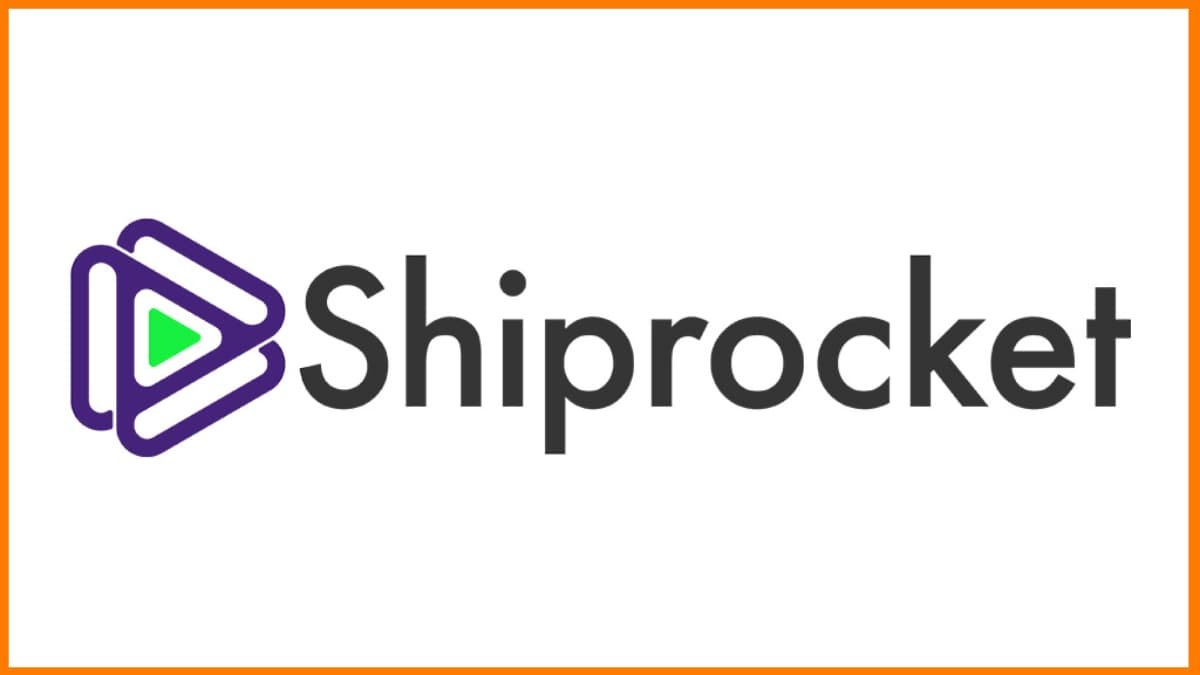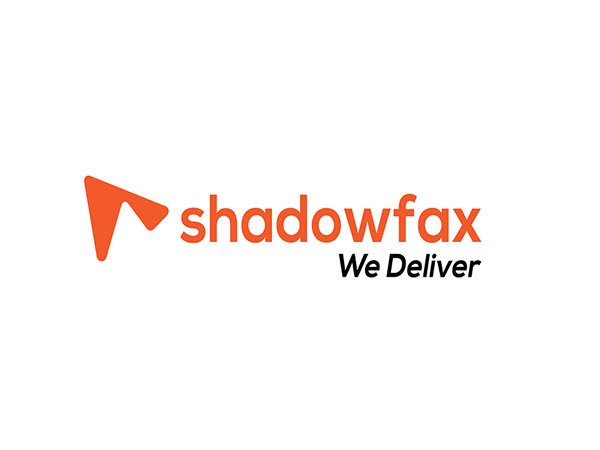Key Market Insights
Youth prefer trendy apparel
2024 Fashion Market Value
Demand for size inclusivity
Research Methodology
Before you sit down to draw a t-shirt design or choose a name for your brand, study your market. Who do you have to sell to? What are the holes in the fashion market? India is large and diverse – fashion trends differ by place, culture, age, and income. Here are some guidelines:
Trend of research: Indian youth (millennials and Gen Z) are highly fashion-aware and social media-conscious. They seek trendy, affordable, and sometimes eco-friendly clothing. Others prefer ethnic wear (saris, salwar, kurtas) or formal wear. An Indian clothing startup that succeeds would specialize in a particular kind of clothing (streetwear, activewear, ethnic fusion, kids' wear, or plus-size wear) and excel at it.
Identify the under-served niches: Plus-size fashion is emerging but was under-served. An example startup fashion brand, Angrakhaa, pursued size-inclusive fashion (no extra charge for larger sizes) and received traction on Shark Tank. Consider the niche such as eco-fashion, gender-neutral apparel, ethnic-fusion clothing, or functional wear (athleisure).

Ask potential customers: Ask your friends, do Instagram polls, or go to nearby markets. What types of styles do people like? Do they pay a premium for quality, or do they want lower-priced options? Will they pay for convenience (like online ordering, home trial, etc.)?
Observe your competitors: Visit local shops and online brands. What are they offering? What is the price they charge for their products? Find out what others say about other similar brands on other websites through reviews and comments. Observe what to do differently so that you can be different.
Define your Unique Selling Proposition (USP): This is crucial. It may be being green (utilizing environment-friendly materials), one-of-a-kind hand-made products, customized products (such as customized prints), or Indian-made quality products. For instance, in Bengaluru, Akiso Store produces apparel with yoga instructors, with 100% natural cotton, with a focus on an environmental lifestyle. Utilize your research to develop a brand story and USP that will attract your target market.
By conducting thorough market research, you will not make the mistake of merely replicating what already exists in style. Instead, begin an apparel business in India that satisfies an actual customer demand or serves a gap in trends. This knowledge will inform every choice you make later on – from design to pricing to promotion.

